I offer several different lesson formats and structures in my piano studio but partner piano lessons are probably my favourite. It’s the perfect balance of the social aspect of group lessons, combined with the individual attention students need to develop great technique and understanding.
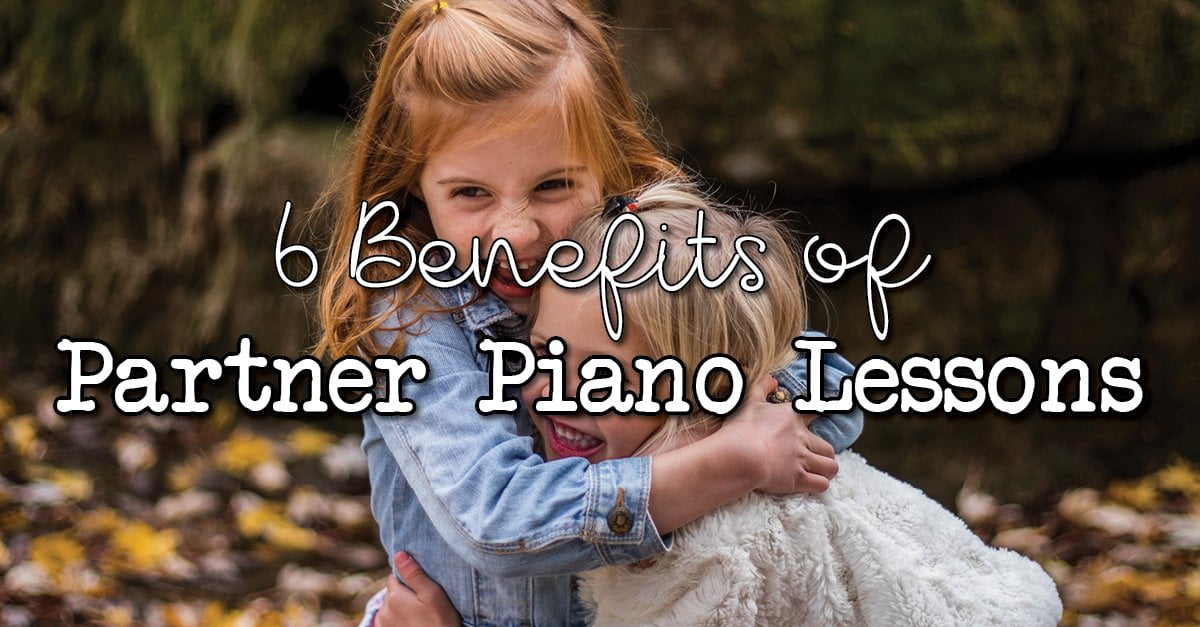
There are pros and cons to every type of piano lesson. Each teacher needs to think about what’s right for them, the community they serve and their values as an educator. For me personally, partner piano lessons have a lot of draws.
Below are six of the many benefits I see in this not so common piano lesson format.
1. Motivation to Practice
This is the number one thing piano teachers tell me they are struggling with. Students don’t want to practice, and parents don’t want to tell them to practice.
I designed the Practice Turbo-booster to help with this (get the Practice Turbo-booster for free here) but peer motivation definitely helps too.
In partner piano lessons students know they’re going to be playing in front of a friend each week. If their piano buddy is practicing and progressing – they’ll make an effort to do the same.
2. Learning by Osmosis
We can learn a lot by watching some one else learning. Teachers are more likely to employ several different strategies when teaching two students.
In an individual lesson we might let something go when a student has “got it”. In partner piano lessons we might then go on to teach it in a different way for the other child. This gives both students an understanding on a deeper level. They can absorb and benefit from the their partner’s learning process.
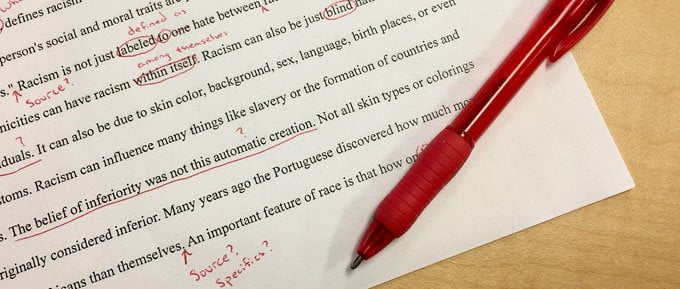
Piano buddies are also learning from each other’s mistakes and successes. If one piano partner plays an exercise and the teacher corrects their floppy fingertips – the second student may self-correct. They will at least try to play with firm fingertips without the teacher having to comment.
If you have a student with the terrible floppy fingertip affliction try reading ‘Top 5 Solutions for Collapsing Fingertips‘.
3. Ensemble Work
One of my core aims as a teacher is to give students more opportunities to play together. I never played with other pianists as a student and I don’t want my students missing out.
You can’t beat the duet and trio opportunities available when you have lessons with a piano partner every week.

Playing with other pupils is not only more fun, but it teaches stronger rhythmic skills and makes for better listeners. My students who start with a piano partner instinctively count more carefully and are more aurally aware.
It wouldn’t occur to my piano partners to just try to play the correct notes. They know the notes have to be at the correct time too.
4. Repertoire Exposure
As piano partners move along through their piano journey, they will (and should) be given some differing repertoire to work on. This way you can be sure that both students are learning and applying reading skills equally well.
The added benefit of this is that students are exposed to more varied repertoire. Most kids are not listening to classical music at home. The pieces they learn are the only ones that they listen to.
Not so for partner piano students. I encourage the listening student to be a good audience member right from the start. They should be listening carefully and be ready to answer some appropriate questions after their piano buddy plays.
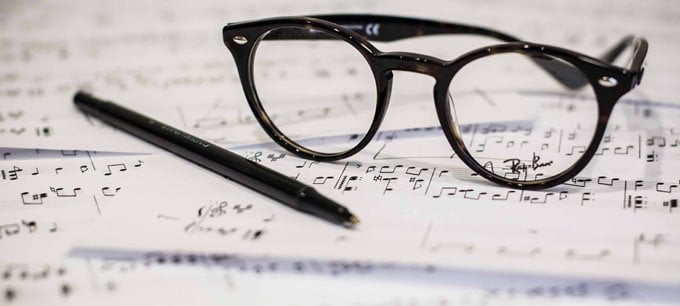
Younger students can be given a toy to listen with them. This helps them to focus, and to buy into the idea of being a part of an audience.
Through this they are learning to appreciate a wide variety of repertoire. They also come to understand the elements of a good performance such as dynamics, tempo, rubato and artistry. Things that are all too often forgotten when students are at the keys.
5. Friendship
Think back to when you were a teenager. (How ever long ago that happens to be. 😉 )
What was the most important thing to you? Family was probably important, possibly some hobbies, maybe school work, music probably played a big role…but what was the centre of your world?
For most teenagers their friends are the key thing in their lives. Have a conversation with one of your teenage students and they will probably bring up something a friend did/said/likes/hates.
The teenage years are also when tons of piano students quit.
Now imagine their friends were at piano too. Not only at their lesson. They play with their friend during the week, work on duets for recitals, study theory together, and perform new compositions for each other.
This is the relationship students get to have when they take partner piano lessons. They don’t want to quit piano to spend more time with friends – because they have a friend at piano lessons.
6. Gameification
While I do play games in individual lessons too, it’s much more fun with other kids. Playing a game with a grown-up like me just isn’t the same.
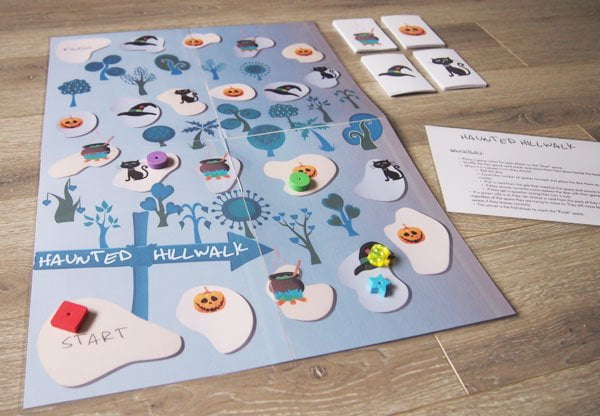
Games are played with more giggles in partner piano lessons. The piano buddies also learn from questions the other student asks and get to compete to learn theory concepts. When the theory component of a lesson is the student favourite – I think something is going right. 🙂
Are you also thinking of teaching in larger groups or doing workshops?
You might like to read this post about planning piano parties for your students.
Have you tried partner piano lessons in your studio?
What was the most beneficial part of this format for you? Did you find any drawbacks?
If you’re considering partner piano lessons, what’s holding you back? I’d love to help you get started.
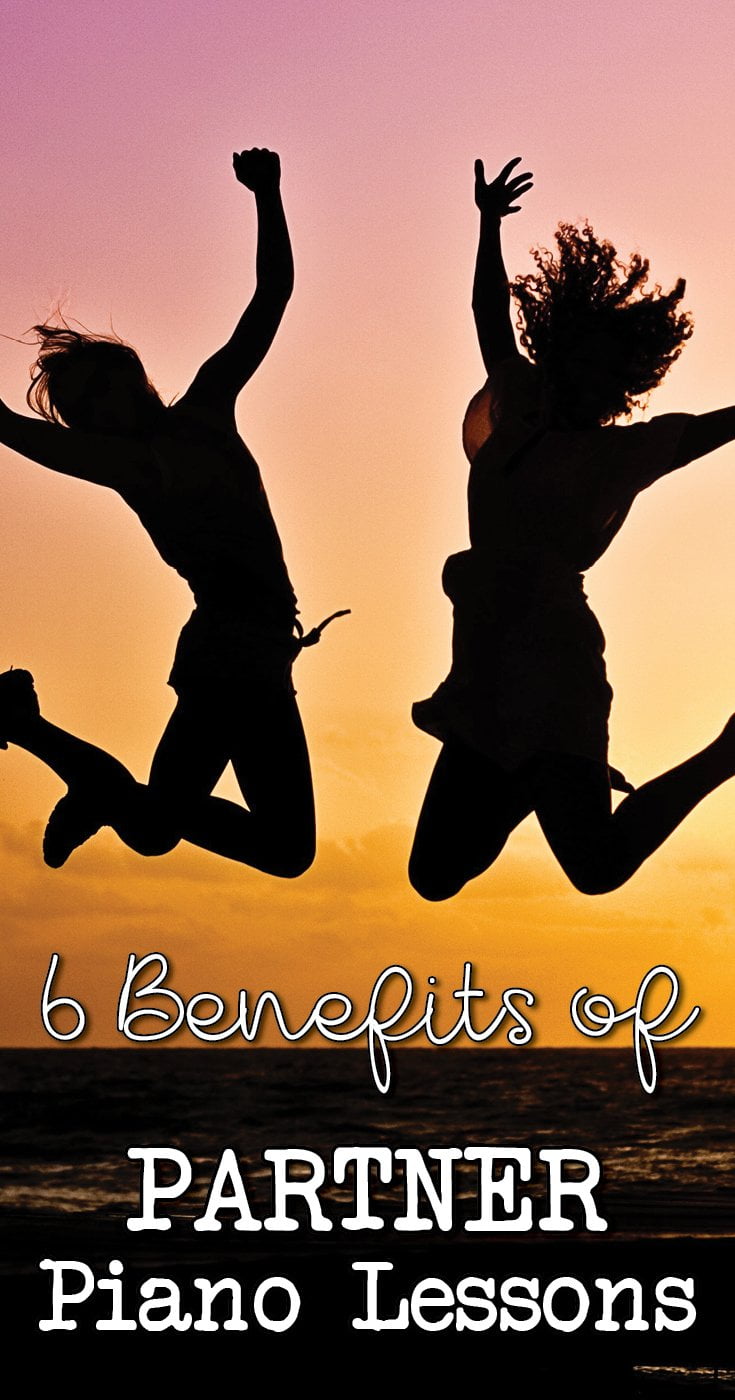
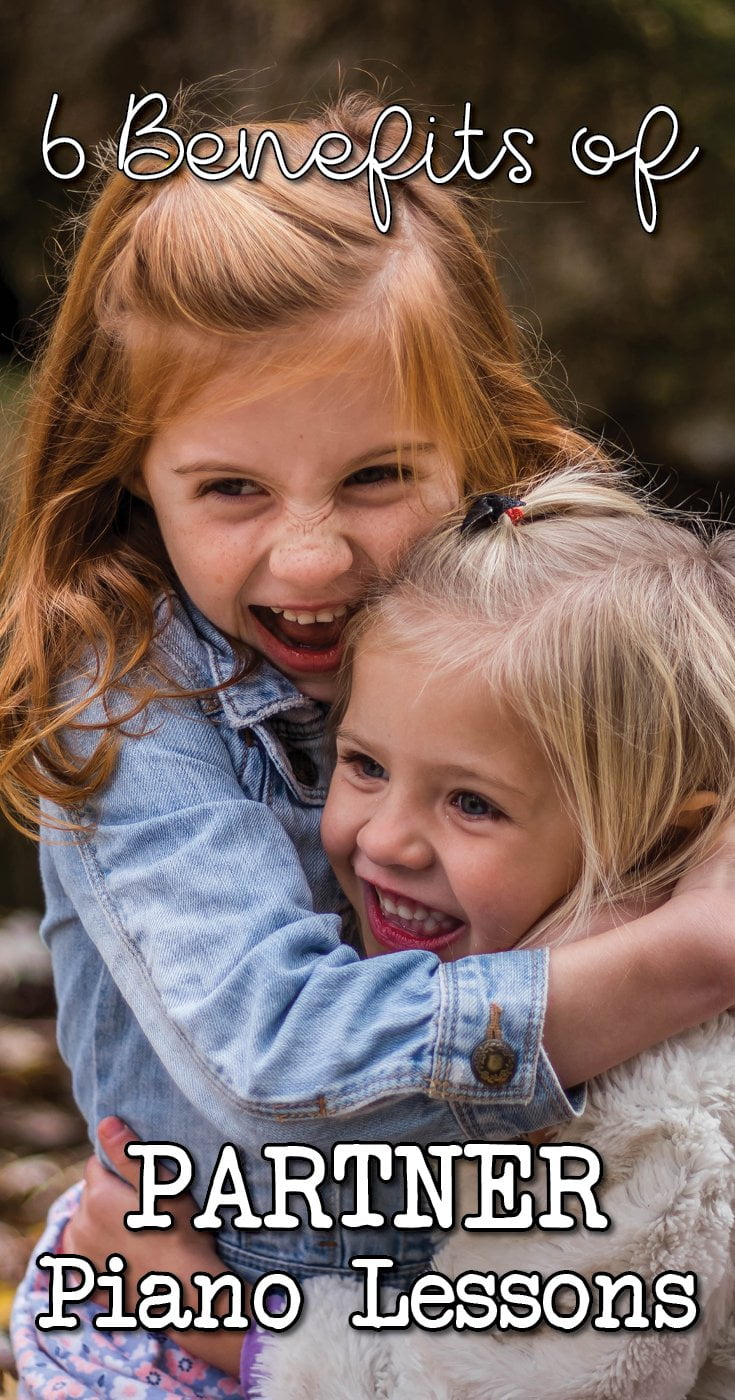
I am wondering how you structure fees for partner lessons? I have done this informally for years with families, where they all come at the same time, and I divide the time up in various ways. But with two different families…do you have a pair of students come for say, an hour, and charge for half hour? Thanks for your thoughts..
Hi Alison! I would advise aiming to make about 1.5x your regular fees for partner lessons. So essentially you would charge the same for an hour partner lesson as for 45 minute individual lesson.
You will have to put in more planning time than for individual lessons, and you still have the same bookkeeping and business side time requirements that you would have for two one-on-one students.
Just my perspective but I hope that helps!
This is a great post! In the past I have done some partner lessons and thought they were fantastic, for all the reasons you cited. One memory stands out with a particular pair of little girls. They went to different schools, different churches, had different family income levels, and no friends in common. But they really bonded over music, and learned so much from each other. One summer they returned for lessons, having moved from elementary into middle school. It was as if they had been magically replaced with new versions of themselves over the summer. A the final lesson in June, they had been just little girls. The first lesson in fall, they were TEENAGERS (nearly). Where before, when I would say something about what we were going to do next, they would smile and jump in. Now, instead, they first looked at each other, giggled, and then jumped in, but with a new sort of knowingness hiding behind their sweet, smiling faces. Not bad, or even mischievous, just — ‘snap’ — they were FRIENDS, and I was in a different category. Those two continued for several more years, but for some reason (scheduling problems?) we switched to private lessons. I regret that and would be interested in hearing more details about how you organize your partner lessons with older students playing more advanced literature.
My format was a one hour fully shared lesson, and I charged (I believe — it’s been a long time) 3/4 of my regular 45″ private lesson to each.
At that same time I had several adult lesson partnerships going on, and two of them formed similarly close bonds — one was female-female, one male-female (all married, and to different people). For the adults, I did 30″ private lesson with Student A, 30″ partner lesson with Student A and Student B (duets, theory, technique), and finally, 30″ private lesson with Student B. Especially for the adults, I found that the nervousness factor which afflicts so many adult students was greatly diminished due to not feeling so alone.
At one point, in fact, I resolved to teach adult beginners ONLY in partner or small group lessons, though I have broken my own rule twice, due to scheduling conflicts or not having more than one person interested at a time. The first time the student quit after exactly three lessons, for various reasons unrelated to the actual lessons (sudden jump in family responsibilities with resultant failure to practice …… using a borrowed keyboard that had to be returned, etc). The second time was a success, due to the student being an incredibly self-motivated and persistent learner. But I truly think partner/small group lessons are the optimal way to go for the majority of students! Thanks again.
I have tried only halfheartedly to schedule partner lessons since I resumed teaching a few years ago (I quit teaching for 15 years). You are inspiring me to make a bigger effort and get things rolling.
Thanks so much for your kind words Kathy, and I’m glad I’ve inspired you to try out partner piano again. 🙂
Scheduling certainly can be more difficult, as can students moving into advanced repertoire. I think piano partnerships at that stage can evolve and develop into a partially shared lesson – or even a shared lesson opportunity once a month as schedules allow.
It’s interesting to hear your thoughts about adult partner lessons. This is something I haven’t explored as much but I can see how it would help take some of the pressure off for adult students. They can be so nervous!
Thanks again for sharing your thoughts and be sure to check back in if you do get to try more partner lessons in your studio!
Hi Nicola,
I just started a partner lesson with 2 preschool boys! (4 1/2 and 5 1/2). My first class really went well although there was one problem that boys kept wanting to play the piano keys while I am talking or when I am showing to play piano. Do you have any tips for that? We all sit together in piano bench.
Hey Robin! C0ngrats on getting into partner teaching! Two very simple tips for this: first try just stopping what you’re saying each time they do that, putting their hands in their laps and saying “hands in lap when I’m talking”. If that doesn’t work – close the piano lid! Sometimes kiddos just need these temptations removed completely. 😉
How do you structure partner piano lessons? Are both students sitting and having a lesson at the same time? (I have two pianos) Or are they taking turns?
I actually have a post where I went through just this Sara, check it out here: https://colourfulkeys.ie/lesson-plans-partner-piano-lessons/